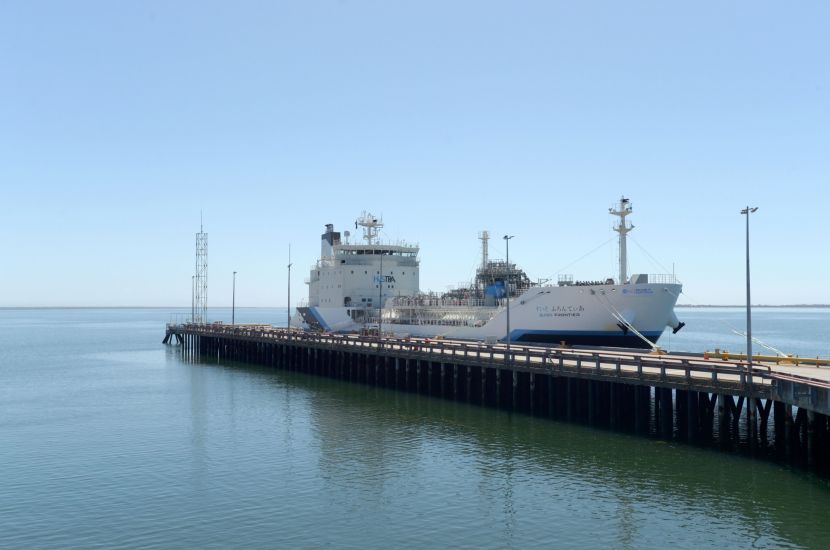A hydrogen project Australia Investments have been committed, from a wide range of proposed projects with a total value of 266 billion Australian dollars ($178 billion), which shows the scale of the challenge it faces in its quest to become a major exporter of clean fuel. carbonnot yet installed.
Meanwhile, investment continues to be pumped into the sector Fossil fuels In the country, according to the latest official data, oil and gas represent 55 percent of the large projects under development in the field of natural resources.
Chevron seeks to turn Australia into a dumping ground for Asia’s carbon emissions
In recent years, Australia, the world’s second largest exporter of coal and liquefied natural gas, has touted its potential to become a leader in clean energy and a superpower in transition minerals. Is considered hydrogen green, which is produced using sustainable energyessential to this ambition.
Most hydrogen feasibility studies have ended in failure, the government said in its report on major energy resources and projects released on Monday, with developers concluding the projects are not commercially viable. These projects have so far attracted no investment except the A$100 million ($67 million) that has been committed.
Read also: What are carbon offsets? And how useful is it?
“Most feasibility studies conclude that significant government support is still needed for low-carbon hydrogen projects to be commercially viable,” the report said.
However, Canberra stressed that hydrogen is a “new field”, adding that “the project landscape is expected to change rapidly”. The report found that if all pending deals were to be finalized and financial deals reached, hydrogen would quickly become Australia’s fastest growing export industry.
Bet on fossil fuels
Major international companies such as BP, Macquarie Group and Fortescue Metals Group have several plans for ambitious hydrogen projects in Australia.
But so far, big capital is betting on carbon-emitting fossil fuels. New investment in natural gas – which has an established market unlike hydrogen – is booming, attracting A$46 billion in investment. In second place is iron ore, with investments amounting to A$10.7 billion, followed by coal, with a value of A$7 billion.
Among the minerals that look forward to a bright future as they are in demand in the renewable energy, electric vehicle and home appliance sectors, A$4.6 billion has been earmarked for new lithium projects in Australia and A$2.3 billion for the copper.
The government expects total merchandise export receipts to reach a record A$459 billion ($308 billion) this fiscal year, thanks to higher prices following the war in Ukraine. Coal, iron ore and gas will again dominate these exports.
